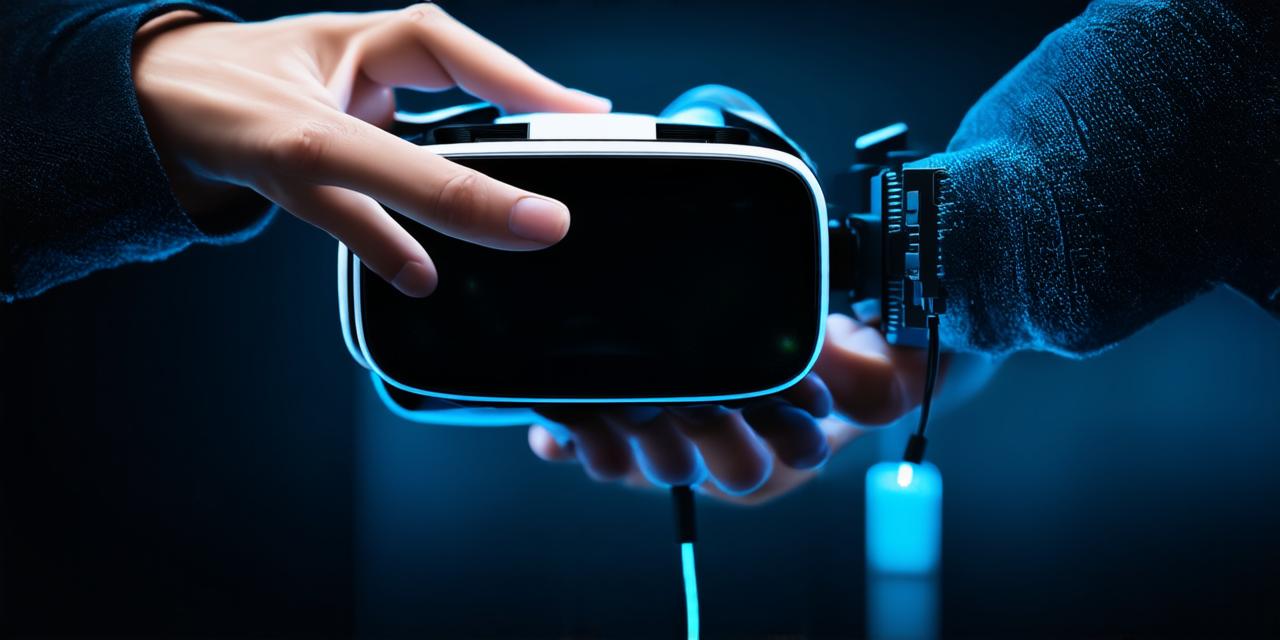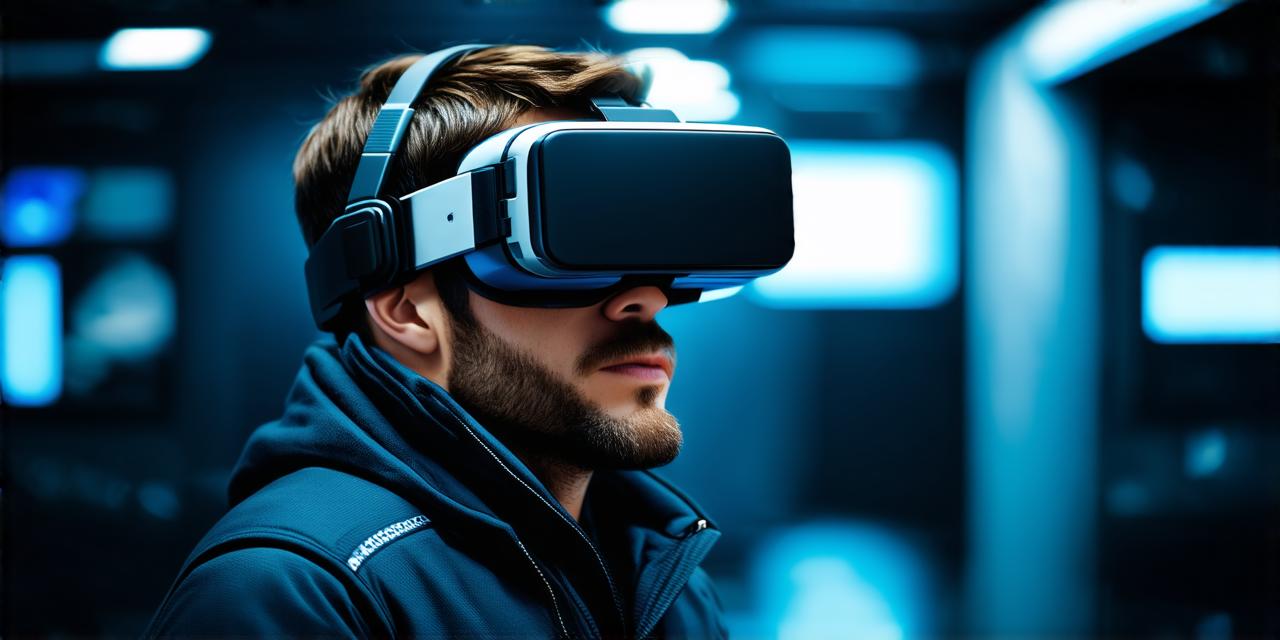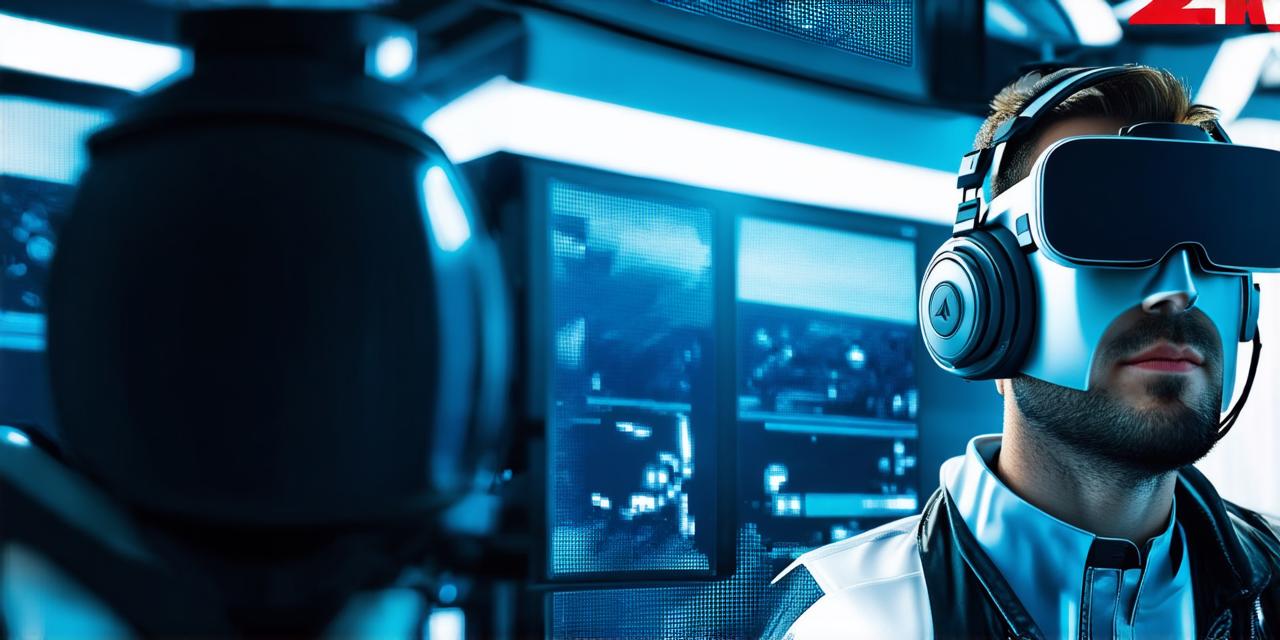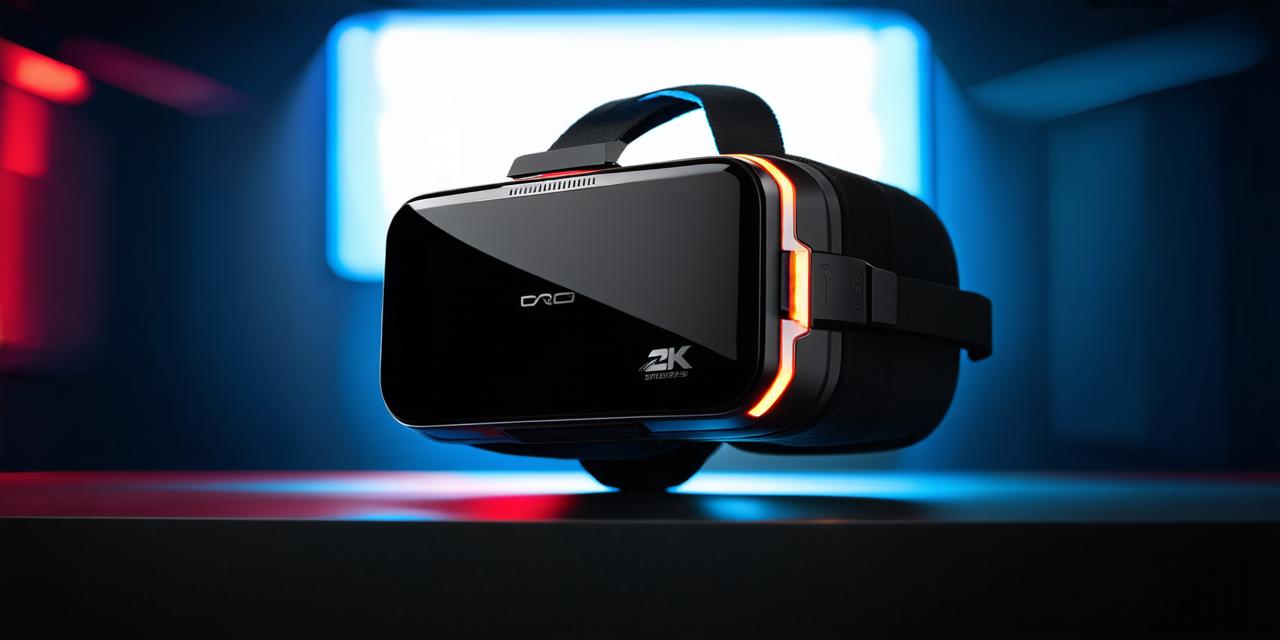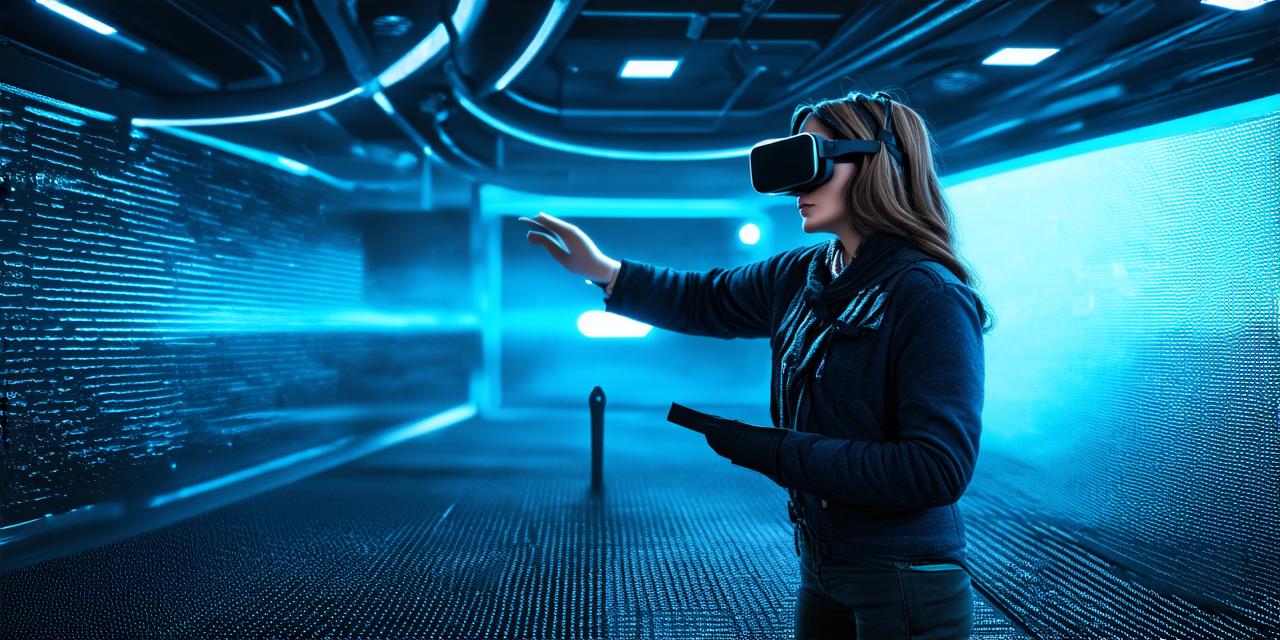Introduction
Virtual reality (VR) technology has revolutionized the way we interact with digital content and has opened up new possibilities in various industries. From gaming to education, healthcare, and more, VR is transforming the way we experience and perceive the world around us. However, not all virtual experiences are created equal. In recent years, there has been a growing interest in tactile virtual reality (TVR), which combines traditional VR with haptic feedback to create a more immersive and interactive experience.
What is Tactile Virtual Reality?
Tactile virtual reality refers to a type of VR experience that combines traditional VR technology with haptic feedback. Haptic feedback is the use of physical sensations, such as vibrations, pressure, and temperature changes, to simulate touch and interaction with digital content. TVR experiences aim to create a more immersive and realistic sensation by allowing users to feel the virtual world around them through their sense of touch.
One of the main differences between TVR and traditional VR is that TVR focuses on tactile feedback, while traditional VR relies on visual and auditory cues. TVR technology enables users to interact with virtual objects in a more intuitive and natural way, making it an attractive option for applications where realistic interaction is crucial.
Science Behind Haptic Feedback
Haptic feedback is based on the idea that our sense of touch plays a critical role in how we perceive and interact with the world around us. Our brains use sensory information from our skin, muscles, and organs to create a perception of the physical world. By simulating these sensations through haptic feedback technology, TVR experiences aim to provide a more realistic and immersive experience for users.
One of the key challenges in developing haptic feedback technology is creating a range of sensations that can accurately replicate the diversity and complexity of real-world touch. Research has shown that haptic feedback can be used to simulate a wide range of tactile sensations, including pressure, vibration, temperature, and texture. By combining these different types of feedback, TVR experiences aim to create a more realistic and engaging experience for users.
Real-Life Examples of TVR Applications
There are several examples of TVR applications across various industries. One of the most well-known is the use of haptic feedback in gaming. Many modern video games now incorporate haptic feedback controllers, which provide tactile feedback to enhance the gaming experience. For example, the Nintendo Switch Joy-Cons use haptic feedback to simulate the feeling of ice and water when players are submerged in virtual environments.
Another area where TVR is gaining traction is in education. Haptic feedback technology can be used to create more engaging and interactive educational experiences, particularly for subjects that involve physical objects or concepts. For example, a haptic feedback-enabled textbook could provide tactile feedback when students touch different parts of the book, allowing them to gain a better understanding of the material.
In healthcare, TVR has the potential to revolutionize patient care by providing more realistic and immersive simulations for medical procedures. For example, surgeons can use haptic feedback gloves to simulate the sensation of different tissues and organs during surgery, allowing them to practice and improve their skills in a safe environment.
Challenges and Opportunities in Developing TVR Experiences
Despite the growing interest in TVR, there are several challenges that developers must overcome to create engaging and realistic experiences. One of the main challenges is creating haptic feedback technology that can accurately replicate the diversity and complexity of real-world touch. This requires careful research and development to ensure that the technology is capable of providing a range of tactile sensations that can be used to create a realistic experience for users.
Another challenge in developing TVR experiences is ensuring that the technology is accessible and user-friendly for all users. This requires careful consideration of factors such as age, ability, and cultural background when designing TVR experiences. Additionally, developers must ensure that their TVR experiences are compatible with a range of devices and platforms to maximize accessibility.
Despite these challenges, there are also several opportunities for developers to create engaging and innovative TVR experiences. As the technology continues to evolve, we can expect to see more sophisticated and immersive TVR experiences that will change the way we interact with digital content. Additionally, as the use of VR in various industries continues to grow, TVR has the potential to become a key component of many future applications.
Summary
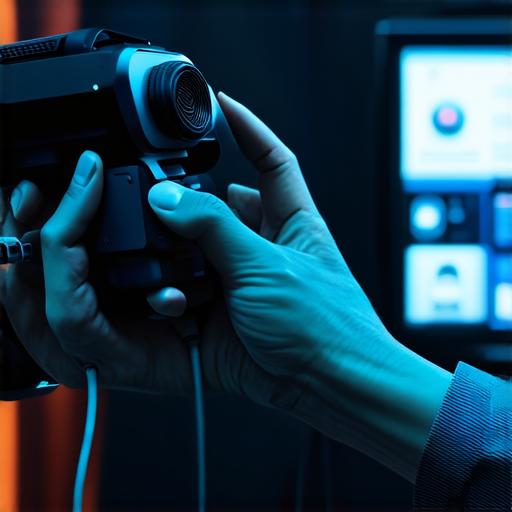
Tactile virtual reality is an exciting new field that combines traditional VR technology with haptic feedback to create more immersive and interactive experiences. By understanding the science behind haptic feedback and examining real-life examples of TVR applications, AR developers can gain a better understanding of the potential applications of this technology in their work.
While there are challenges to overcome in developing TVR experiences, the opportunities for innovation and engagement make it an attractive option for developers looking to create cutting-edge VR applications. As the technology continues to evolve, we can expect to see more sophisticated and immersive TVR experiences that will change the way we interact with digital content.
